On Thursday October 6, Slow Food hosted a tour of the Guelph Centre for Urban Organic Farming (GCUOF). Slow Food is an international organization whose goal is to encourage and educate students about the importance of good, clean, and fair food. When we arrived at the centre we were still a bit early for our tour so we took advantage of our spare time and used it to do some shopping at the organic market located right in front of the farm. I purchased some delicious produce including a head of butter lettuce, some cherry tomatoes, and a little pumpkin (which I turned into pie over the weekend).

After we had all made our purchases, we met Martin who gave us a tour of the facilities. At one hectare, the centre was bigger than I had anticipated for an on campus farm. Martin told us that the GCUOF is used to give students a hands on, in the field learning experience. It is primarily used as a lab experience for students studying plants and agriculture and as a place for research projects to be performed. As it is a centre for learning and research, the farm contains a wide range of edible plants. It ranges from typical produce like lettuce, tomatoes, and garlic, to more unique foods like bitter melons, litchi tomatoes (like cherry tomatoes but encased in a spiky leaf like shell), herbs, and even edible flowers! I got to taste one of the edible flowers called a nasturtium flower and surprisingly it tasted slightly spicy!

One of the things I learned on the tour is that organic farming involves a lot of trial and error (like so many things in life). Growing a good size crop organically can be difficult, and challenges such as the weather and pests can vary from day-to-day and year to year. Organic farmers have to find effective ways to deal with pests and fertilization, while still meeting organic standards. This means they are always coming up with new and innovative ways to improve the productivity of their farm. Martin told us that some of these innovations and ideas work well and inevitably, others do not. For example, Martin decided that he wanted to convert the back stretch of land into a lawn. He decided to just start cutting back the overgrowth and after a while only grass and clovers grew, forming a lovely green lawn. On the other hand, a student tried adding fertilizer to the water in the irrigation system. While it seemed like a great way to improve the farm’s efficiency, it turned out that animals such as raccoons were intrigued by the scent of fertilizer and they actually ended up eating through the irrigation lines!

Visiting the GCUOF was an eye-opening experience that made me appreciate my food more. Seeing how much Martin and the other people at the centre care for and love growing food was amazing. I hadn’t realized that someone could have such a passion for plants and the way they’re grown. In many ways these people reminded me of Laurie from Braiding Sweetgrass, and how she put so much care into her research, as well as how she found herself learning from the grass. The gardeners, students, and researchers are doing that right here on campus. They are taking the time to learn from and listen to nature, trying to understand how plants grow, what affects them most, and how they can help each other to thrive. As we have discussed throughout this class, these ideas of learning and listening are critical steps in the process of developing a positive relationship with nature.

Touring the farm and engaging in conversations with Martin and other Slow Food members has made me realize that organic farming, like many other activities we talked about in class, is a way in which we interact with nature. Also, if farming is a way in which we interact with nature then I believe that eating is as well. Eating food is a way of enjoying, discovering, and sharing creation. I think it is important to take the time to learn about where your food is coming from and the impact that its production has on the environment. If we don’t take the time, it is easy to view food as something that just comes from a store or a fast food restaurant. This prevents us from understanding how food can offer us a better connection with nature. Alexander Wilson discusses this idea in The Culture of Nature when he mentions that we often let new technologies and innovations, such as televisions and camera lenses, prevent us from truly connecting with and understanding nature.

So to wrap up, if you haven’t been to see the farm or the organic market yet, I highly recommend that you check it out! Also of note, the path to the market is marked with painted carrots starting near the J.T. Powell building, so you can’t get lost 😉 The market takes place on Thursday’s from 2:30 pm to 6:00 pm. If you interested in learning about, or volunteering at the Guelph Centre for Urban Organic Farming, check out their website here!
For information about Slow Food and our events, feel free to come ask me or find us on Facebook. Slow Food has an annual meeting and runs 1 or more public events every month with the goal of encouraging students to take the time to slow down and think about their food and where it came from. I attended October’s event, the tour of the GCUOF, and November’s event, a vegan cooking class, and had a great time at both! The next event coming up is a restaurant tour downtown on November 26! The cost is $5 for non-members and you can check out the details here if you are interested!
~ Nicole VanderWindt
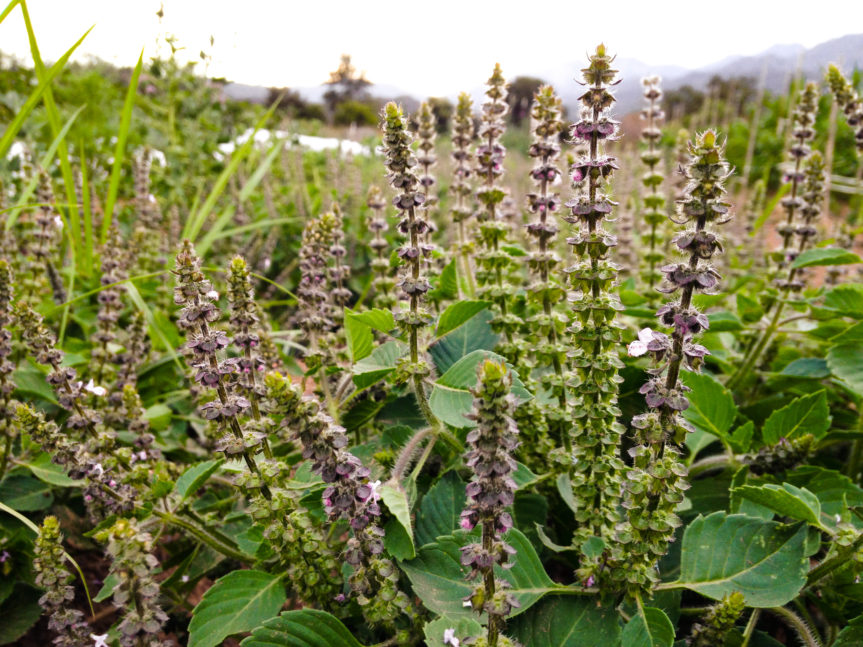


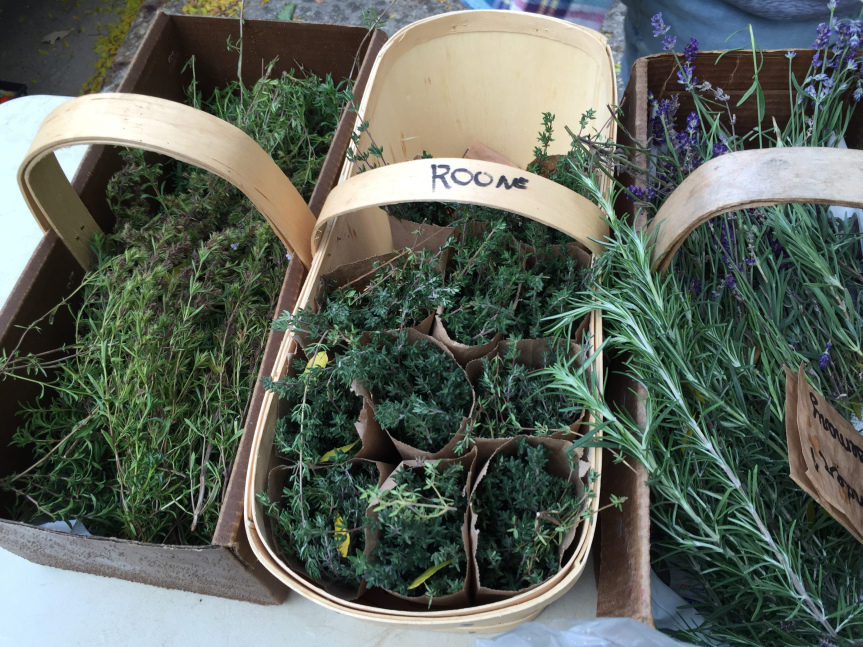







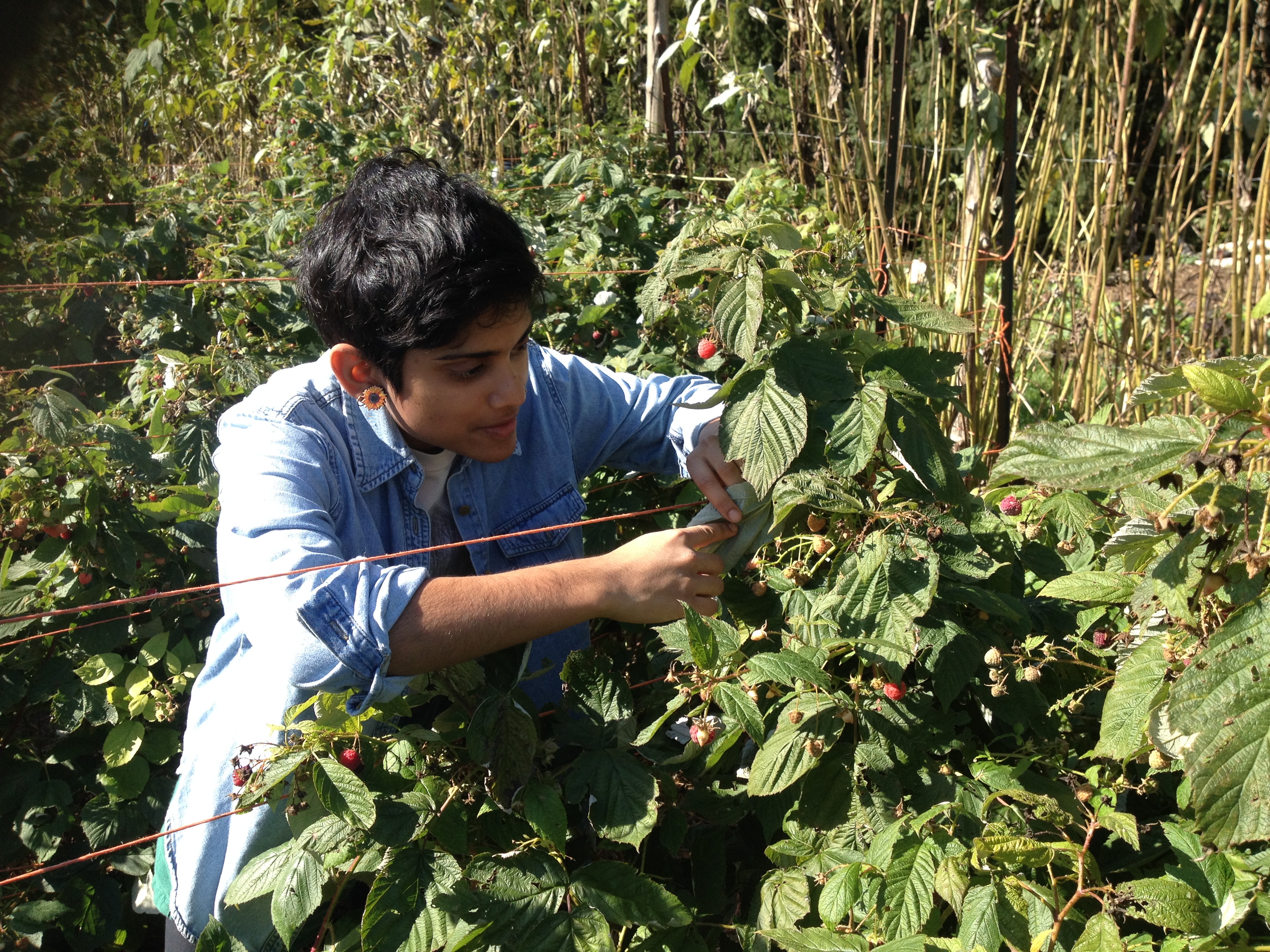





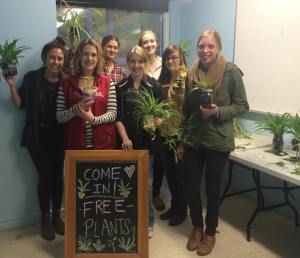
















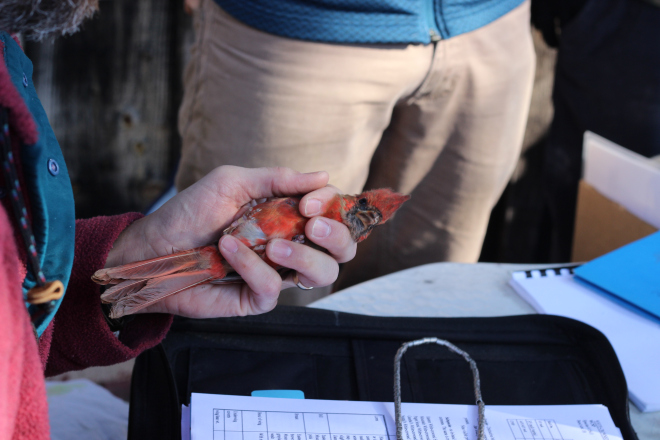






















You must be logged in to post a comment.